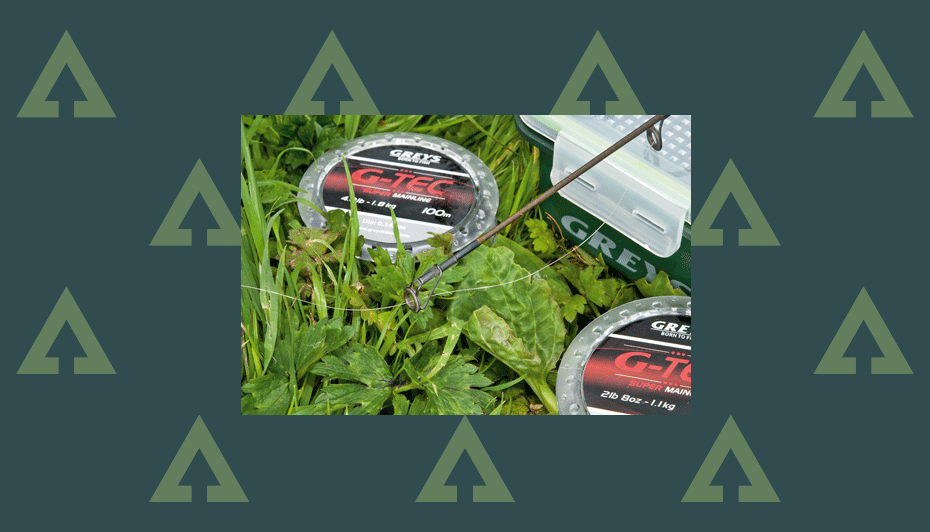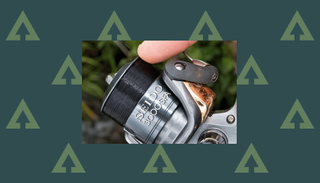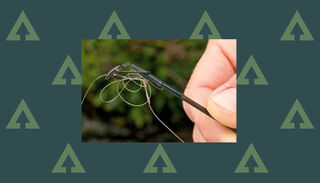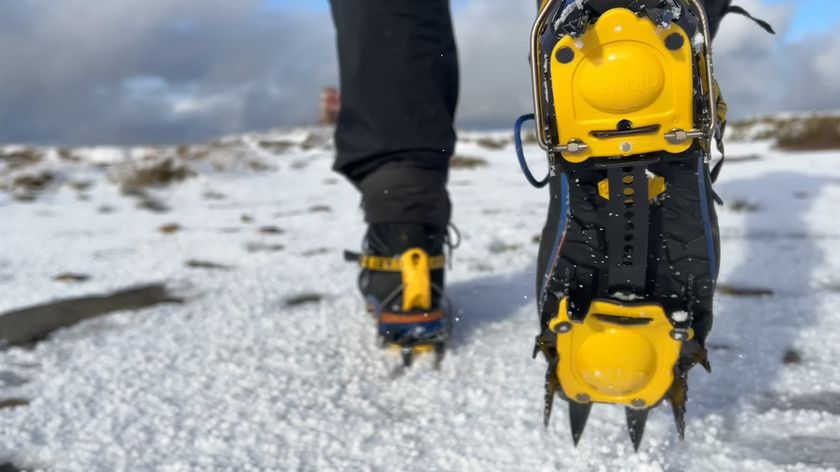How to attach line to your spool
Take some time to learn how to strip off last season’s line and re-spool for some peace of mind and safer fishing.

Welcome to Advnture, the new home of AnglersMail.co.uk
No two anglers fill their reels with fresh line in the same way, but the general rule of thumb is that new line must exit the spool in the same direction it goes on the reel. Reel it on incorrectly and you’ll suffer with horrific line twist, resulting in nightmare tangles and dramatically weakened line.
I’ve tried all the different methods of correctly spooling up and my favourite method is to make a few dozen turns of the reel handle, stop reeling, open the bale arm and allow a few coils of line to drop from the spool and fall to the ground. If the line starts to twist immediately then it has left the spool incorrectly. If it remains in nice limp coils then everything is ok and you can carry on winding.
But all monos will twist to a degree in time, especially after playing fish through a loose clutch. One simple method of removing twist from light monos is to make a long cast over grass, remove the end tackle and reel in nice and steadily under slight tension. The twist is removed as it is retrieved through the grass.
Here's my step-by-step guide to how I load up with a fresh line:

1. Everyone has their preferred method of loading up with fresh line, whether it’s a pencil through the centre of the spool or placing the spool of line in water. Line should exit the spool in the same direction it goes on the reel. I reel new line on under slight tension, stop after a few dozen turns of the handle and check it. If there’s any twist I’ll flip the spool around and wind.

2. Load a spool correctly and you’ll greatly enhance line flow and casting distances. Underfill the spool and the added friction as it exits the spool will hinder performance. Wind on too much line and it will spill off the spool, resulting in constant tangles. With braided lines you shouldn’t load as much on as you would mono, leaving a gap of perhaps 4 to 6 mm from the spool rim.
Advnture Newsletter
All the latest inspiration, tips and guides to help you plan your next Advnture!
To attach the line, simply pass it around the spool and use the free end to tie a basic overhand knot around the main line. Then tie another overhand knot in the free end of the line. This is to prevent the line slipping through the first knot.
Gently pull the knot tight so it lies snugly at the base of the spool. Trim the tag end flush to the finished knot.

3. Even with lines loaded on spools in the correct manner, line twist can still occur. Prolonged fights from lively fish through a loosened clutch will soon add twists which can cause horrid tangles and drastically weaken the line. A bunch of twisted, tangled line can even snap delicate float and feeder tips as it flies through the rings and suddenly jams at the tip.
Tiny knots can also affect line lay when using ultra low diameter lines
on very shallow match spools. Use insulation tape for these situations.
White tape will give plenty of advanced warning when it’s time to change your line.
You can easily see it through the coils of line when it’s running low
and it’s time to strip down and re-spool.

4. Removing line twist can be tricky, especially in severe cases. Sometimes it’s safer to admit defeat and re-load with some fresh line, but there is a method of removing the early stages of line twist. The easiest method for removing twist from finer monofilament line is to make a cast over grass, remove the end tackle and retrieve every last inch through slight tension.













